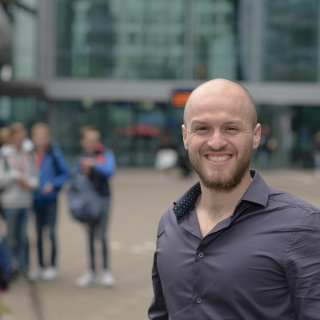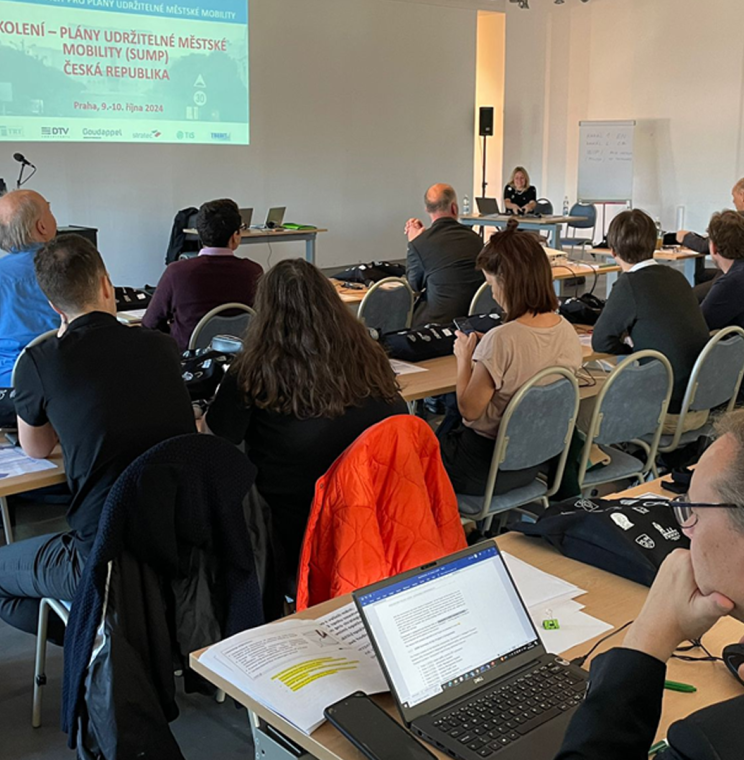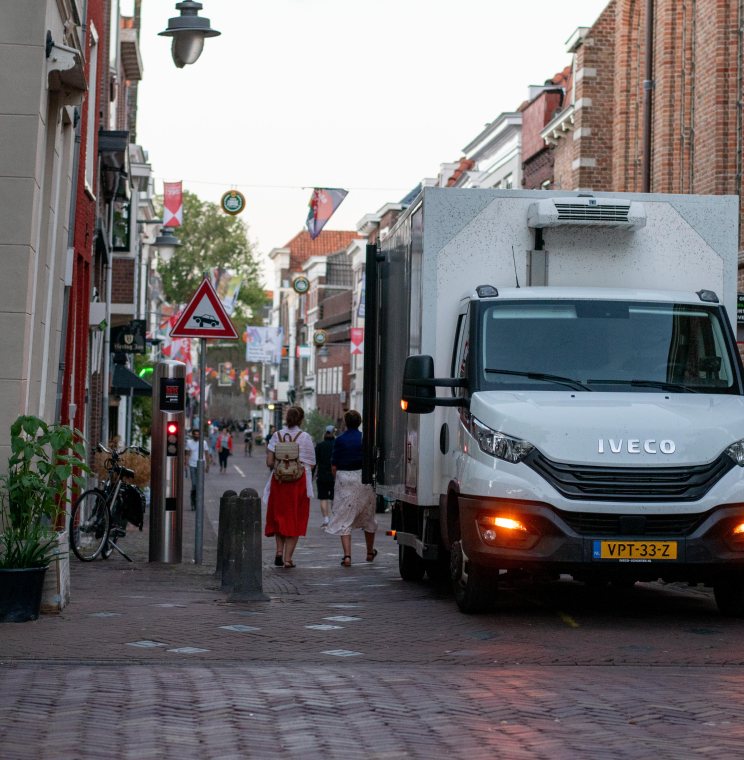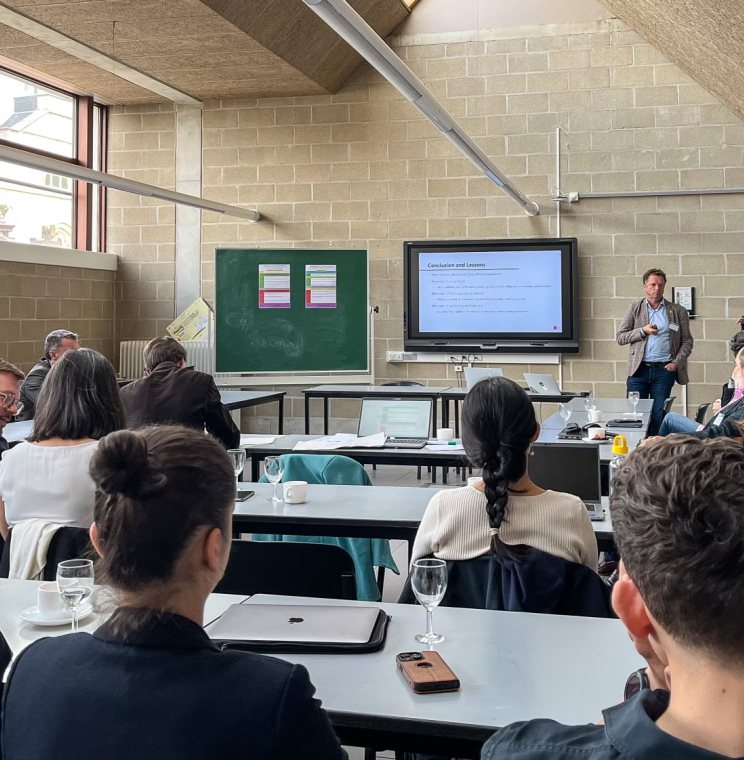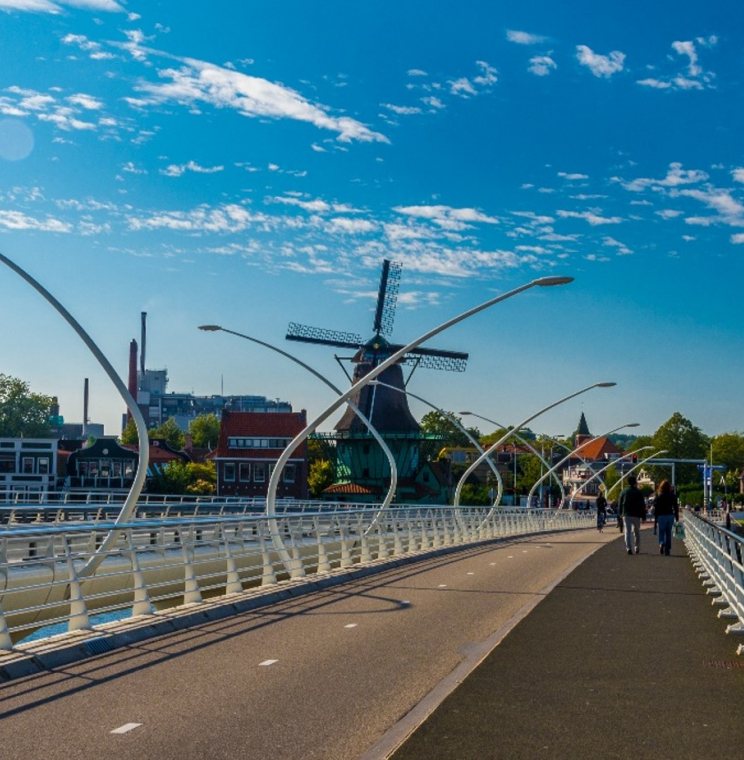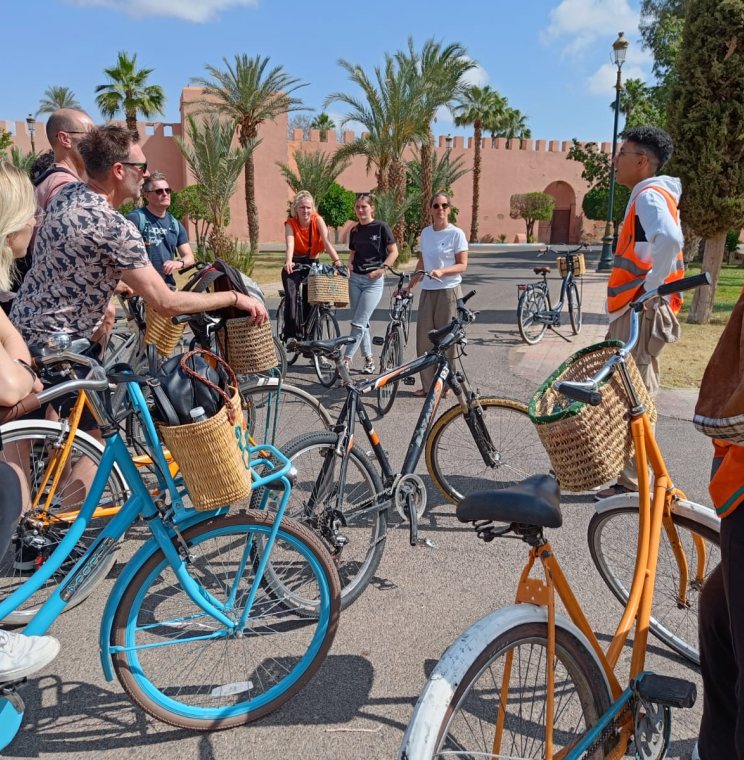Evaluating the impact of GLOSA (NordicWay research)
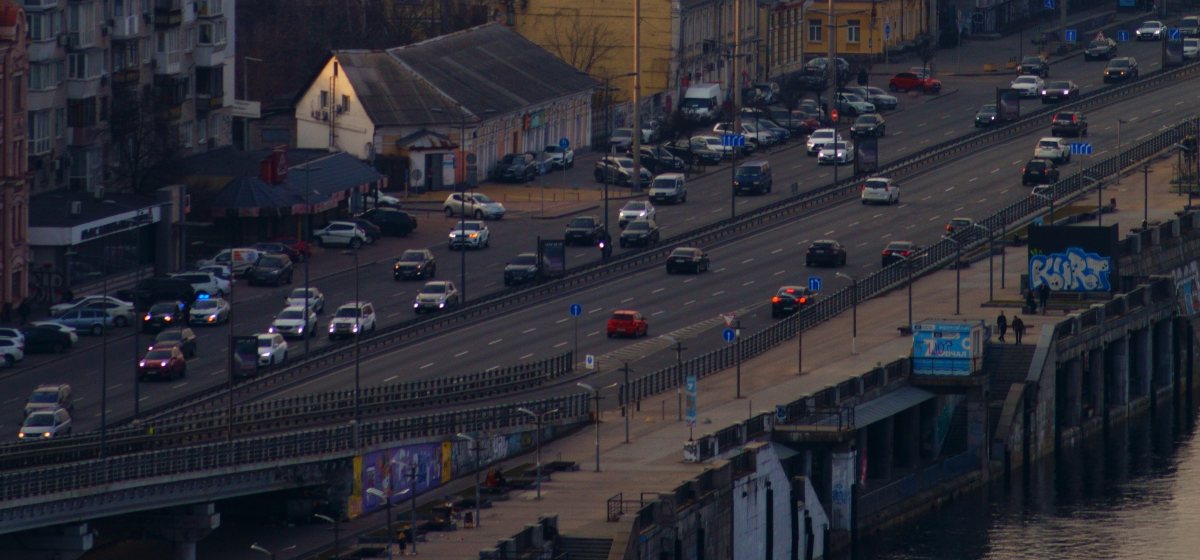
C-ITS services can deliver significant societal benefits. However, quantifying the effects remains a challenge due to the lack of large-scale implementations under real traffic conditions. This makes it difficult to make a statement about the societal gains. In collaboration with the Research Institutes of Sweden (RISE) and the municipalities of Gothenburg, Stockholm, and Uppsala in Sweden, Goudappel conducted research on the impact of C-ITS applications on traffic flow and livability at intersections. Specifically: Green Light Optimized Speed Advisory (GLOSA), Time to Red, Time to Green, and prioritization of different target groups.
Simulation as a research method
Evidence of (positive) effects can be found in the results of pilots and demonstrations, but the effects need to be demonstrable on a larger scale before deciding to implement C-ITS services. Simulation is an effective tool to help decision-makers understand the potential of technology under different implementation scenarios. The drawback of simulations is that they are not always representative of reality. In this research, we used microsimulations, allowing for a wide variation in the deployment of different behavioral parameters, the percentage of GLOSA in cars, and its (correct or incorrect) usage. This way, we can isolate the effects of a C-ITS application. By deploying different scenarios at different times during the day, we create situations that closely resemble street conditions.
Our approach
We focused on investigating different C-ITS applications at intersections. First, we explored realistic behavioral options and critical (technical) conditions for the success of GLOSA through literature research and causal diagrams. Then, we illustrated how these could be implemented in simulation to investigate the effects of the application. We used statistical analyses to explore dependencies between variables, resulting in societal effects.
Insights
The findings revealed that there is a limited degree of improvement achievable through the deployment of GLOSA. This is dependent on various factors such as location, traffic situation, and current traffic control. Significant impact can be achieved on the number of stops, which may be desirable, for instance, to limit noise in a residential area. Interestingly, the reduction in the number of stops barely affects emissions. This can be explained by vehicles not coming to a complete stop but slowing down on average, potentially emitting more per driven kilometer. We observe a limited decrease in (CO2) emissions in some traffic situations when GLOSA is deployed on intersection corridors.
The societal effects, combined with the costs of the application, are applied in cost-benefit analyses to support decision-making. This enables road authorities to decide where GLOSA makes sense and what conditions a successful application must meet.
Client: Research Institutes of Sweden (RISE)
Year: 2021-2023

